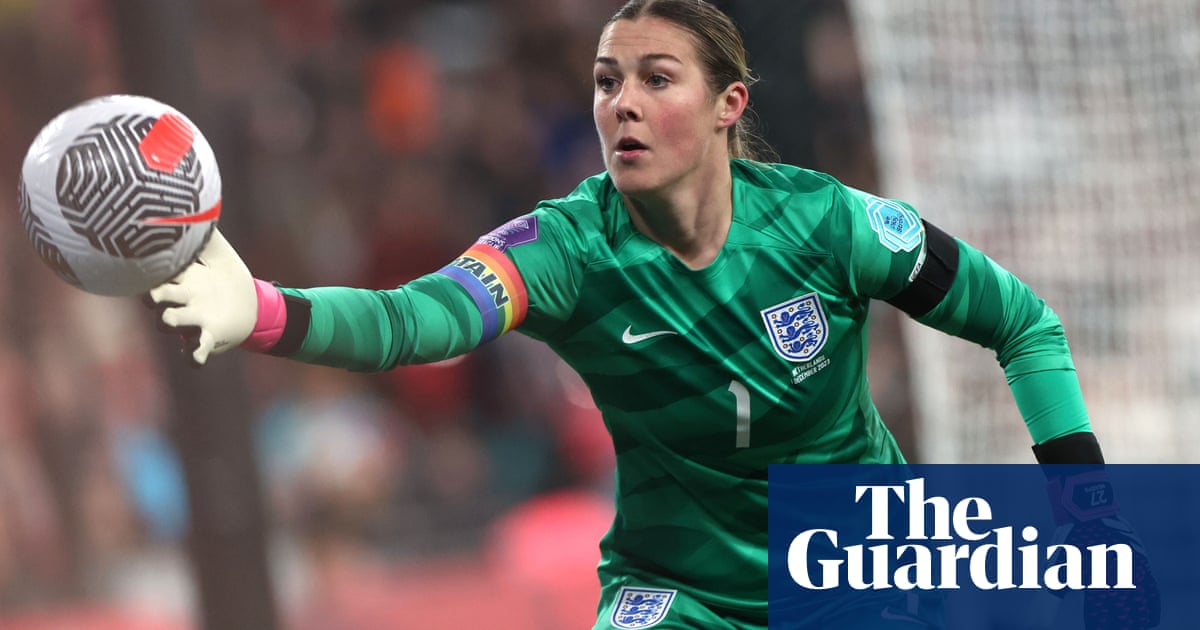
DUBAI: The proportion of women in the Saudi Industrial Development Fund workforce has increased from none to 13 percent in the past two years, the assistant director general for strategic planning and business development said on Wednesday.
The fund hired women in various positions, including as directors and managers, and across different organizations.
“We are very proud of this, we have been very, very busy, honestly, with everything that is happening in the Kingdom with Vision 2030,” said Noor Shabib.
She was speaking during a panel discussion entitled “A Business Priority: Empowering Women Leaders” during the Diversity Council conference, in Dubai.
Shabib is the first female senior executive in the fund, which is expected to increase Saudi gross domestic product by 30 percent by the year 2030.
“Our ambition… is to attract the top talent,” she said, adding that allowing women to join the workforce means companies have a wider selection to ensure they are hiring the best candidates.
Shabib believes there are certain prerequisites that make it easier to empower women, such as support of top leadership, taking chances on women leaders, and providing a supportive and safe environment for them to work and lead. “And, I think if I was to summarize everything… (it) is to empower, listen and adjust,” she said.
Shabib was joined by the founder of the international Diversity Council Tine Willumsen, UN Resident Coordinator for the UAE Dena Assaf, and du CEO Osman Sultan, who gave their own inputs on how to help women reach leadership positions in business.
One of the tools is creating alliances between companies. “Every company has their own initiatives, their own milestones, but, when you are there together, you are a force, and it also creates a bit of competition,” Willumsen said.
Diversity is not only about gender though — it is also about experience and age, she added. Willumsen advised companies to be more courageous and hire based on potential rather than experience.
Other important factors are mentorship and the development of leadership pipelines.
Sometimes having specific initiatives to improve gender inclusivity may push companies to fill out seats with the required population just to check a box, Assaf warned. It is important to create sustainable solutions and ways for younger women to be promoted, she added.
The leadership pipeline is a model that creates a clear and visible system that identifies possible candidates for succession as well as the required process for their development. On the other hand, Sultan said there is no set of rules that defines how to promote women into leadership roles, as it is specific for each company and situation.
“There is input and output there, of course you can establish rules,” he added.
Other panelists discussed the specific challenges of the inclusion of women in leadership roles in Saudi Arabia. One of the particular problems in the Kingdom is the mainstream local culture, according to Xavier Anglada, the managing director of Accenture. There is a top-down effort of inclusion in Saudi Arabia, as the rulers push for women to become part of the workforce, but “there is a cultural challenge,” Anglada added.
The prevailing culture still dictates that women must prioritize family life, marriage and children above having a career.
The Diversity Council started in Denmark, but the solutions that were applied there need to be culturally filtered to fit the region’s specific needs and requirements, Willumsen said.
In fact, the changes in the region may actually provide an opportunity for the West to learn, especially on the cultural points of disagreement. “We have to understand what the thinking is, because that type of thinking can actually bring us further,” Danish Ambassador to the Kingdom Ole Moesby said.
He added that, over the past two years, he has witnessed change at a great pace in Saudi Arabia.












